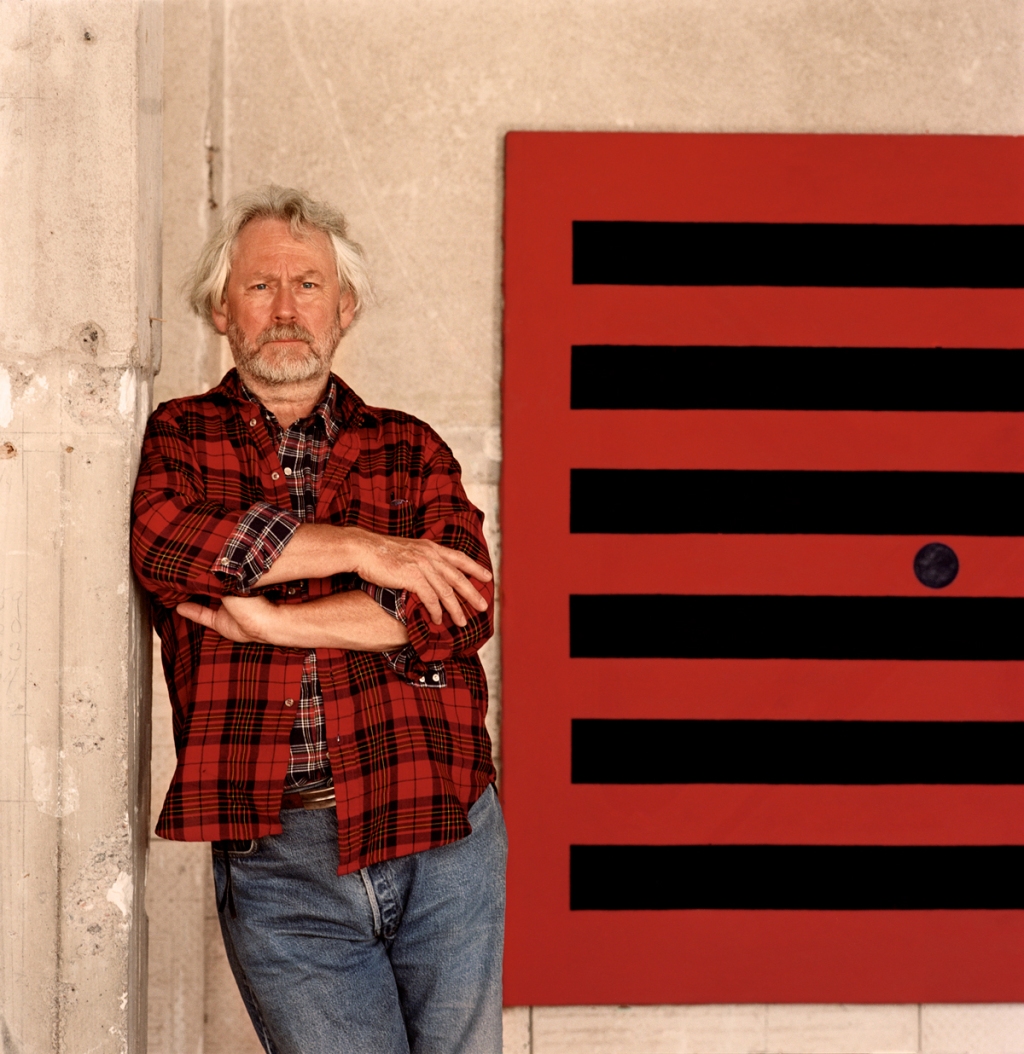 Donald Judd in his architecture studio, Marfa, Texas, 1993. ©2021 Judd Foundation / Artists Rights Society (ARS), New York; Photo: ©Laura Wilson; Courtesy Judd Foundation and Gagosian
Donald Judd in his architecture studio, Marfa, Texas, 1993. ©2021 Judd Foundation / Artists Rights Society (ARS), New York; Photo: ©Laura Wilson; Courtesy Judd Foundation and Gagosian
After a little more than a decade with David Zwirner, Donald Judd’s estate and the Judd Foundation will now be represented by Gagosian gallery.
Larry Gagosian, the gallery’s founder, said he first got to know Judd in the 1980s and has long admired his work. “It is impossible to consider the history of American art without Donald Judd,” he said in a statement. “He played an essential role in the development of modernism and was as respected by his peers as he is revered by artists working today. … The use of color and proportion, together with a unique combination of rigor and elegance, was incredibly powerful and remains essential today. Being a partner in realizing his vision and presenting his work as he intended is a great honor for me and the gallery.”
Judd, who died in 1994, is best known for the three-dimensional artworks that he began making in the 1960s, which he saw as being between painting and sculpture. In a famed 1965 essay, the Minimalist artist labeled these works “specific objects.” Judd had these works fabricated to his exacting specifications in a range of materials, from painted aluminum to Plexiglas to plywood, and they have been shown affixed to walls in stacks and on floors.
All the while he was creating his art, Judd was a prolific writer and art critic, including being a frequent contributor to ARTnews and Art in America. Many of his most important writings were collected in Complete Writings 1959–1975, which was first published in 1975 and has since been reprinted several times. In 2016, David Zwirner Books and the Judd Foundation published Donald Judd Writings, which brought together previously unpublished writings by the artist. That was followed by 2019’s Donald Judd Interviews, featuring his conversations with other artists.
In the 1970s, Judd became disillusioned with the New York art world and soon settled in Marfa, Texas, which has over the years become an art destination because of what Judd left behind. With the help of the Dia Foundation, Judd founded a massive museum in the city, now called the Chinati Foundation, that showcases some of his most ambitious works, including 100 untitled works in mill aluminum (1982–86), alongside works by his peers Dan Flavin, Robert Irwin, and John Camberlain. Upon his death, Judd’s home, studio, and library, along with the building that was his New York home at 101 Spring Street, were preserved and turned into a museum focused on the artist. Those spaces are now operated by the Judd Foundation.
Last year, Judd was the subject of a major retrospective at the Museum of Modern Art in New York that opened just before the pandemic’s lockdown. To coincide with this career survey, organized by Ann Temkin, Gagosian and the Judd Foundation mounted an exhibition at the gallery’s West 21st Street location in New York. On display was Judd’s massive 80-foot-wide plywood work untitled (1980), which debuted at the Castelli Gallery the following year.
It is rare, although not unheard of, for artists to depart one of the world’s largest galleries and join a competitor. Recently, Jeff Koons left Gagosian and David Zwirner for Pace Gallery, and Robert Ryman’s estate left Pace for David Zwirner.
Over the years, Judd and later his estate have been represented by some of the world’s top galleries. He started out showing with Leo Castelli and then left for Paula Cooper, where he had his first show at that gallery in 1985. Six years later, when Cooper’s longtime director Douglas Baxter left for Pace Gallery, Judd followed, and the gallery represented him at the time of his death. In 2010, the Judd Foundation moved its representation and that of the estate to Zwirner, which had mounted four solo shows of the artist in that time frame.
In a statement sent to ARTnews, dealer David Zwirner said, “The Judd Foundation has done, and will continue to do, amazing things for the legacy of Donald Judd and we were happy to support them over the last eleven years. That being said, and now that the major MoMA retrospective has come and gone, the moment seems right for someone else to support the Foundation. This gives us the opportunity to continue to use our expertise in Donald Judd’s secondary market.”
Source link : https://www.artnews.com/art-news/market/donald-judd-estate-foundation-representation-gagosian-1234604087












